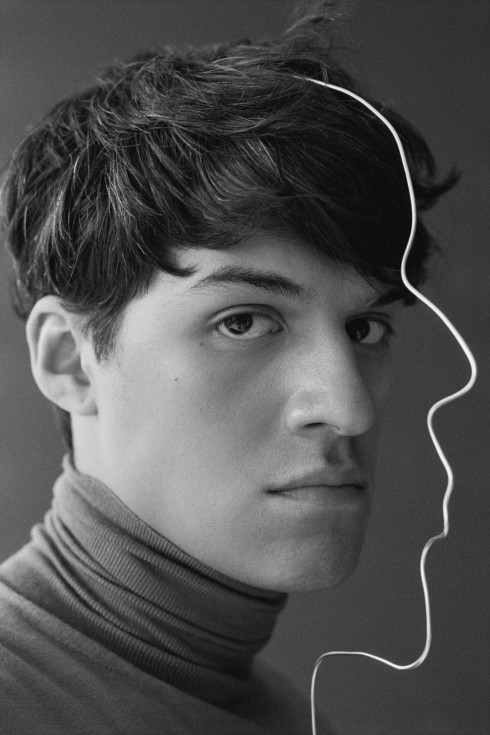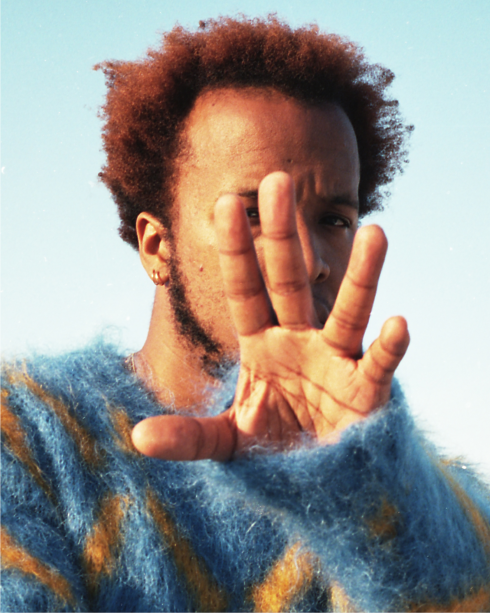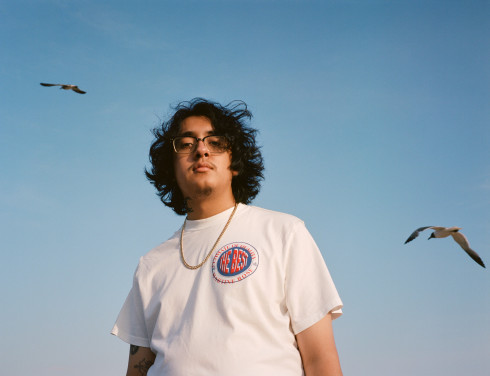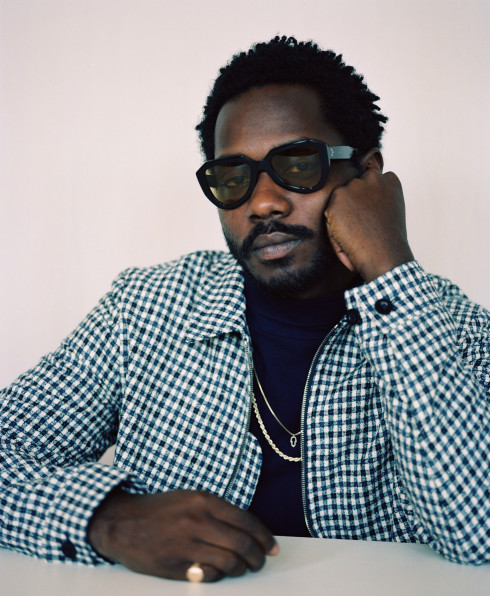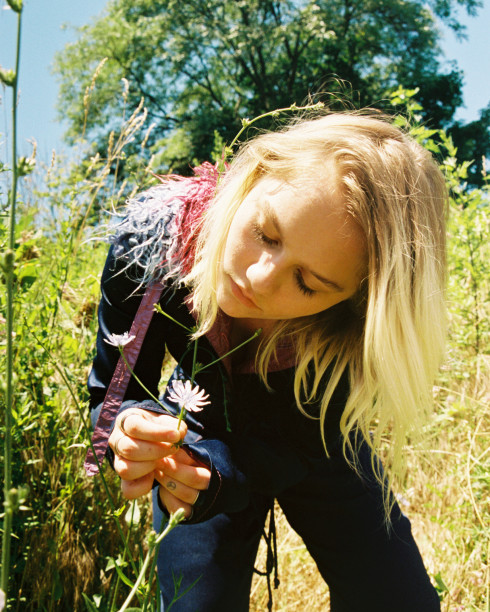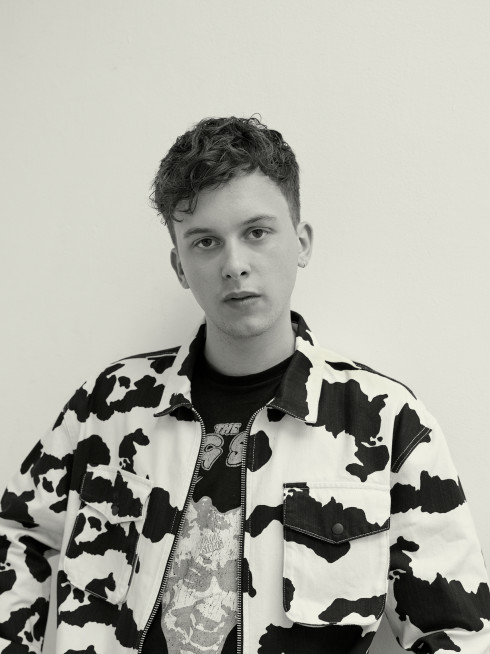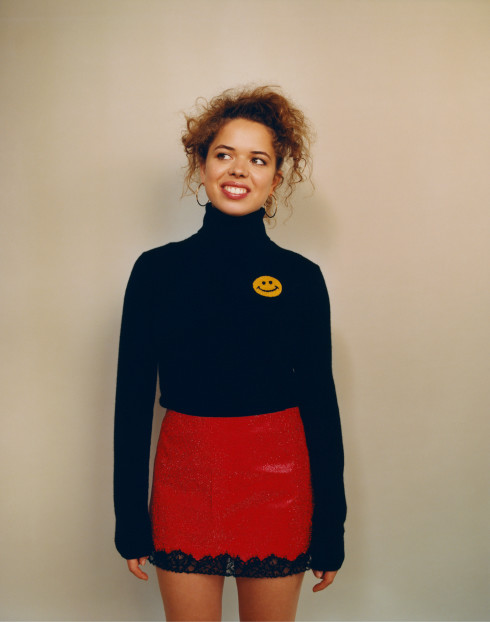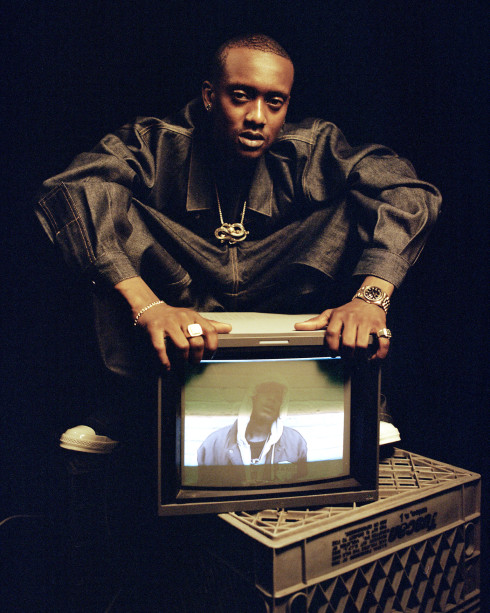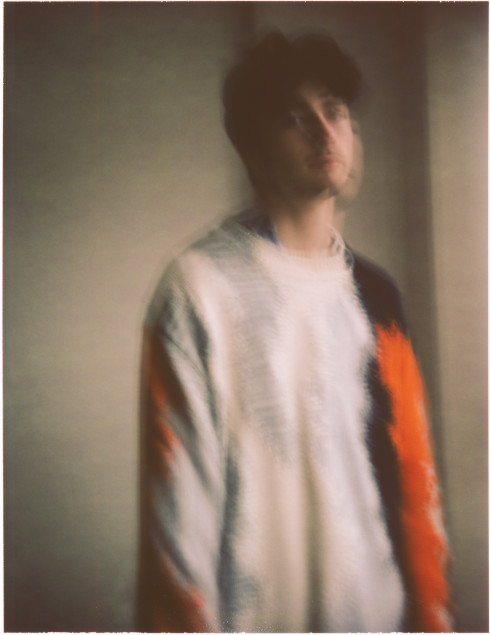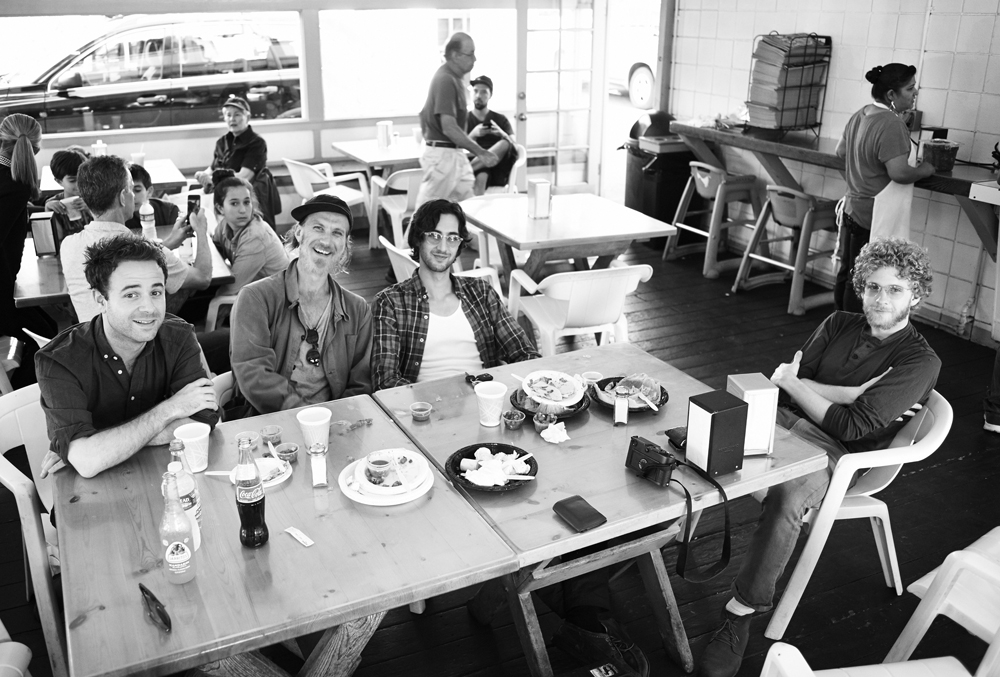
- By
- Brady Donnelly
- Photography by
- Dan Martensen
DAWES
For the artist, longevity is a fickle beast. The market accepts and rejects on a whim, often inexplicably, and the same sources that drive creativity can just as quickly diminish it. In music, the rise and fall can be particularly swift—it is, after all, the industry of one-hit wonders, the 27 Club, inevitable band breakups. There always seem to be too many forces at play.
Dawes is a band whose idols—Bob Dylan, Jackson Browne, Robbie Robertson, and Crosby, Stills, and Nash—are at once legends and symbols of persistence, decades strong. They are also predictable icons for an American folk-rock foursome, particularly one for whom Laurel Canyon is home. But Dawes distinguishes itself from its contemporaries in one significant way: some of those legends are also their tourmates, and their tenacity is rubbing off.
“When you look at someone like Bob Dylan or Conor Oberst, they’re viciously committed to their work,” says Taylor Goldsmith, the band’s lead singer, guitarist, and songwriter. “They’re artists who can put out so much material over a certain amount of time. That, to us, is truly inspiring. We’re finishing our fourth album and we feel so young and so new. We feel like once we’re at our tenth or eleventh record, we’ll start to feel like, ‘Oh, now we’ve been at this for a while.’”
In December, Goldsmith was in Nashville with the band, at work on their fourth record in five years. This time, they’re planning on recording it in just over a month. Well aware of their strengths, Dawes has experimented with a multitude of recording styles and ultimately moved back toward the strictly analog, putting to tape as if they were playing live. “I just wasn’t very comfortable,” Goldsmith says of today’s digital approach. “I found that trying to create a comfort zone was actually more of a foreign thing for me.” The outcome, he’s quick to clarify, is not lo-fi, “but you’ll hear mistakes in the guitar or the bass from us. So it doesn’t sound polished in that regard, but sonically, it sounds really nice.”
Fittingly, the band—Goldsmith’s brother Griffin on drums, bassist Wylie Gelber, and keyboardist Tay Strathairn—is known for a live set that’s defined by the members’ harmony, not their individual strengths. “We know how to work as a unit in a way that we’re all really proud of, a way that all of our favorite bands would do,” Goldsmith explains. “Maybe they weren’t the best drummers or bass players or keyboardists or guitarists, but when they were together, it was something that you couldn’t find anywhere else.” It was, in fact, a lack of shared vision—both onstage and off—that led to the dissolution of Simon Dawes, Goldsmith’s first group with Gelber, and their reformation as Dawes. The impact was perhaps most felt in Goldsmith’s lyrics, which quickly earned him significant praise; Esquire went so far as to name him “the best young songwriter in America.”
“It really broke my heart,” he reflects of his first band’s dissolu- tion. “I kind of thought, ‘I’m not even going to stay a musician.’ So I had to reevaluate what being a musician really meant for me, and in doing so, I had to reconsider what songs did for me and what I wanted my songs to do for others.” Songwriters like Leonard Cohen, Joni Mitchell, and Paul Simon played no small part in the transformation; their pointed, narrative styles form the basis of Goldsmith’s distinguished voice, and he contends that his lyrics must work when sung over his acoustic guitar before they’re brought to the band. “The lyrics have to hold up in a certain way,” he says. “And if they can do that, then we learn them as a band.
Out of the rubble of the breakup, Dawes released 2009’s North Hills, an almost-universally applauded début that hinted at a bright future for the new group. (“The sound of something truly astonishing starting to take shape,” AbsolutePunk said of the album.) They worked rigorously to avoid the baseline grouping with other Laurel Canyon artists (Joni Mitchell, Warren Zevon, and the Band, just to name a few), touring not just with their predecessors but also with contemporaries like Oberst and Blitzen Trapper. “We don’t want to just get pigeonholed into this, ‘Oh, they’re kind of an old-timey band, they’re kind of this old throwback.’ I mean, that’s wonderful, we’re so honored,” Goldsmith continues, “but at the same time, we still get to subsist in 2015, which we feel so lucky to be able to do.”
That Goldsmith and his bandmates stayed levelheaded through 2011’s Nothing Is Wrong and 2013’s Stories Don’t End is at once complicated by their success and explained by it. Between playing with Oberst and M. Ward, Jackson Browne and Robbie Robertson, Dylan and Mumford & Sons, they’ve stepped out of the confines of time while still serving as the voice of the contemporary American folk experience. Goldsmith’s lyrics have grown only more precise, but their content has aged. Themes of rootlessness and nostalgia, those elements of late-twenties life, are ever present, and they carry hints of the trappings of years on the road. In 2013’s “From a Window Seat,” he pays homage to George Harrison’s “Any Road” while urging himself to accept the lessons of years past, singing:
I want to make out all of the signs I’ve been ignoring
How the trees reach for the sky or in the length of someone’s hair
‘Cause when you don’t know where you are going
Any road will take you thereSo maybe I’m in town for someone’s birthday
Or maybe I make trouble everywhere
But as much as I resist the conversation between the rivers and the freeways
I know it’s always there
Regardless of the external elements at play—the drain of life on the road, its strain on his relationships—Goldsmith is driven simply and endlessly by a classic love for the craft. “I don’t remember ever thinking about anything else,” he says of music. “It’s a lot of work, but we like playing music. I wish the shows were longer. As long as we have our health and I can still sing every night, we want to play as long as possible.” With a cosign from Dylan, there’s a good chance Goldsmith will get his wish.
All Your Favorite Bands is out June 2.
- By
- Brady Donnelly
- Photography by
- Dan Martensen

